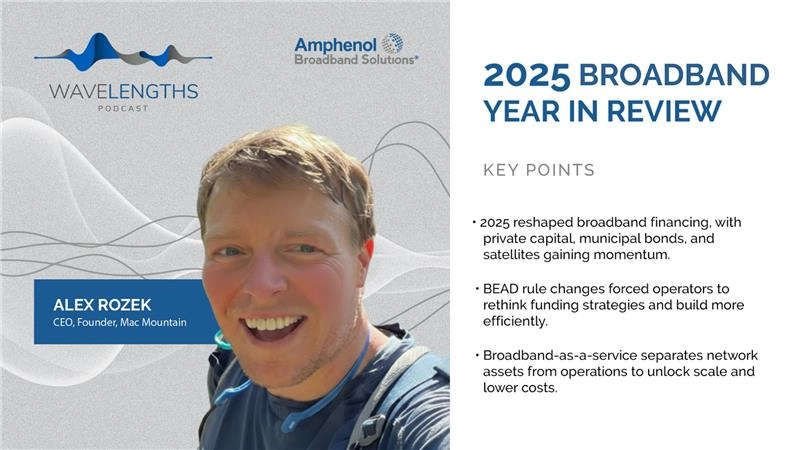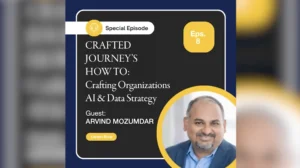The Key to Successful Gamification: Start with Social Media Engagement
In today’s competitive landscape, brands are continuously seeking innovative ways to engage with their audience. Gamification, the process of incorporating game elements into non-game environments, has emerged as a powerful tool to boost customer engagement and loyalty. However, many brands face significant friction when starting gamification programs due to the complexity and investment required. Here’s why starting with social media is the optimal approach for effective gamification.
The Problem with High-Friction Gamification
Launching a comprehensive gamification program often demands substantial resources, including a robust Customer Relationship Management (CRM) system, dedicated teams, and significant financial investment. While high-profile campaigns like branded Pokémon skins can grab attention, they require an extensive setup and maintenance. This complexity can be a deterrent for many brands looking to dip their toes into gamification.
Social Media: The Lowest Friction Entry Point
Social media platforms offer a low-friction entry point for gamification. These platforms are already integral to many consumers’ daily lives, making them an ideal starting point for brands to engage their audience. Social media gamification can be as simple as running contests, highlighting fan content, or encouraging community discussions. The key is to leverage the interactive nature of social media to build a strong, engaged community.
Dennis Yu, CTO of BlitzMetrics, emphasizes the importance of starting with social media for gamification efforts. He notes, “The lowest friction gamification you have is social media. So how are you engaging? How are you building community? How are you highlighting fans?” Yu’s insights underline the necessity of leveraging social media platforms to create initial engagement before moving to more complex gamification strategies.
Building and Engaging Your Community
Effective gamification starts with understanding your audience and engaging them where they already spend their time. Platforms like Facebook, Twitter, and LinkedIn provide fertile ground for fostering community engagement.
Measuring Success on Social Media
Before launching a high-friction gamification program, it’s crucial to measure your success in the low-friction environment of social media. Track metrics such as engagement rates, shares, and community growth. If you can’t achieve meaningful engagement on these platforms, it’s unlikely that more complex gamification elements like points systems or badges will succeed.
Listening to Your Community
Successful gamification is built on a deep understanding of your community. Pay close attention to their feedback, preferences, and behavior on social media. Use these insights to refine your gamification strategies and ensure they resonate with your audience.
Starting with social media for your gamification efforts not only reduces friction but also provides valuable insights into what drives your audience. By building and engaging your community on platforms they already use, you lay a strong foundation for more sophisticated gamification programs in the future. Remember, successful gamification begins with understanding and engaging your community in the simplest ways possible.










